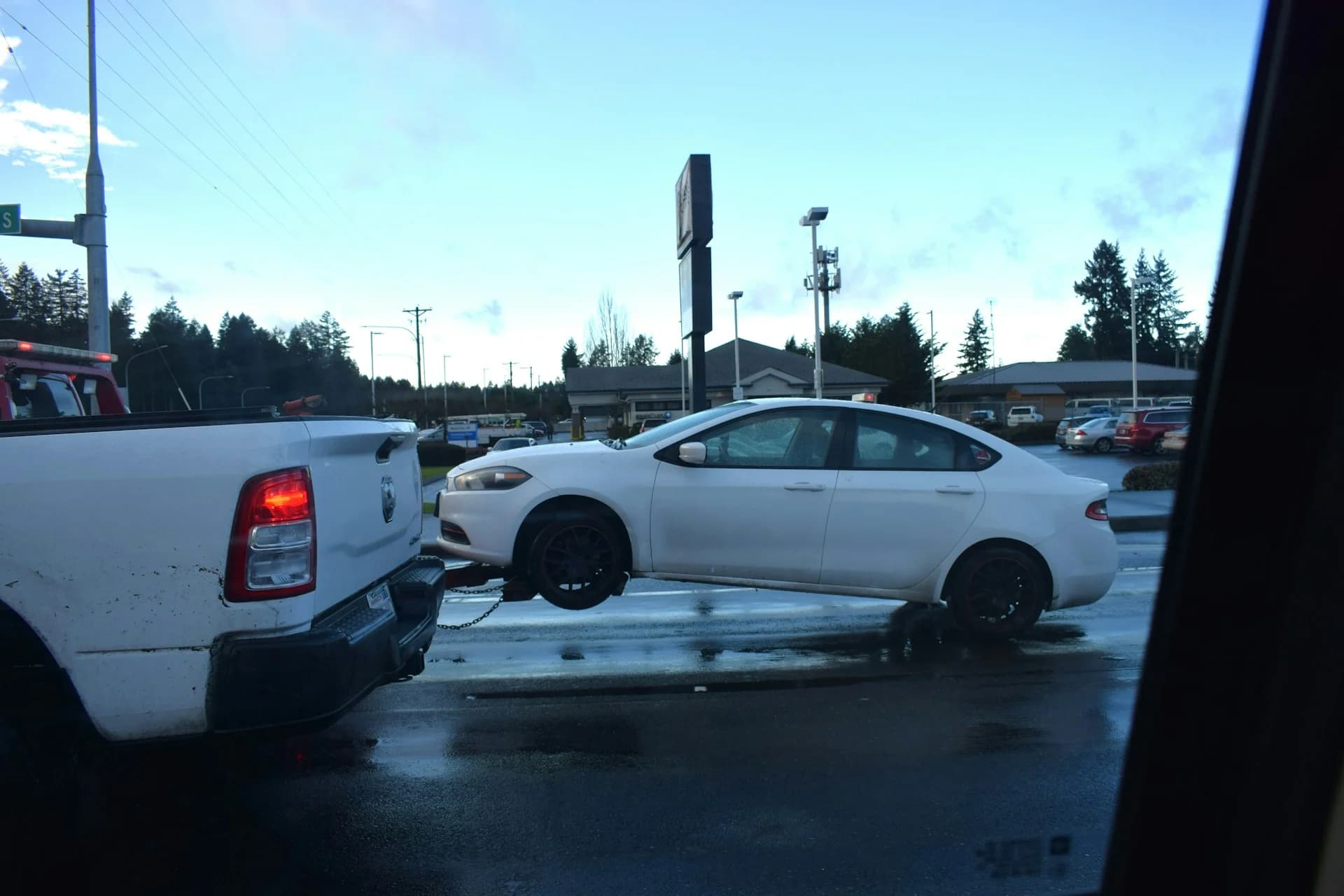TL;DR
Yes - car insurance typically covers parking-lot accidents, but it depends on who is at fault and what coverage you carry. If you cause a fender-bender, your liability insurance pays for the other car’s damage, while your collision coverage fixes your car. If the other driver is at fault, their insurance should cover you (or your uninsured-motorist coverage kicks in if they have no insurance). Always treat a parking-lot crash like any other accident: never leave the scene, document everything with photos and witness info, and report it to your insurer promptly. Good evidence and prompt reporting are key to a smooth claim and ensuring the accident is fully covered.
1. Why Parking-Lot Accidents Aren’t “Minor” for Insurers
Parking-lot accidents happen more often than many drivers realize, accounting for roughly one in five auto collisions. Even though speeds are low, tens of thousands of people are injured in these crashes each year and about 500 lives are lost annually. Modern cars pack sensors and cameras into fragile bumpers, so even a gentle tap can cost thousands of dollars to repair. Tests show a simple parking-lot bump can rack up around $3,500 – $5,000 in damage, rivaling the average collision claim.
Adding to the complexity, parking lots are private property with unclear traffic control, so police may not respond or issue a formal report. Insurers must sort out fault using driver statements, any surveillance footage, and the damage pattern—turning a “minor” ding into a detailed investigation.
2. The Three Policy Sections That Can Pay (and When)
Liability Coverage (Property Damage & Bodily Injury)
If you are at fault, liability coverage pays for the other party’s vehicle repairs, medical bills, and related costs—no deductible for you, but nothing for your own car. If the other driver is at fault, their liability insurance should pay your costs up to their limits.
Collision Coverage
Collision covers damage to your vehicle, no matter who caused the crash. It is optional unless your lender requires it. You pay the deductible and your insurer pays the balance, then may pursue reimbursement from the at-fault driver later.
Medical Payments/PIP & Uninsured-Motorist Coverage
Medical Payments (or PIP) covers medical bills for you and your passengers regardless of fault. Uninsured/Underinsured Motorist (UM/UIM) coverage steps in if the at-fault driver has no insurance—or in a hit-and-run—paying for injuries and, in some states, vehicle damage.
3. Who’s at Fault? Decoding Parking-Lot Right-of-Way Rules
Main Lanes vs. Feeder Lanes
Cars in the main drive lanes have the right-of-way; vehicles exiting parking spaces or feeder aisles must yield. Backing into a passing car usually makes the backing driver 100 % at fault.
Backing-Out Collisions
Most lot crashes involve a vehicle in reverse. If both cars reverse and collide, insurers often split fault 50/50. If one driver backed blindly into a moving lane, that driver is typically responsible.
Stationary Objects and Pedestrians
Hitting a parked car, pole, or pedestrian almost always places fault on the moving driver. Drivers have a high duty of care around pedestrians; about 9 % of parking-area pedestrian deaths involve a vehicle backing up.
4. Real-Life Scenarios and How Insurers Respond
- You back into a passing car: Your liability pays the other vehicle; your collision (minus deductible) fixes yours. Expect a possible rate hike.
- Two cars back into each other: Fault is commonly shared; each driver’s collision coverage repairs their own vehicle.
- Your parked car is hit and the driver flees: File a collision or UM property-damage claim; provide any camera footage to your insurer.
- You clip a pole or cart corral: Liability covers damage to the property; collision covers your car after the deductible.
- You strike a pedestrian: Your liability coverage pays the victim’s medical and related costs up to policy limits.
5. Step-by-Step Claim Checklist to Protect Your Payout
- Check for injuries and call 911 if needed; move vehicles only when safe.
- Document the scene with photos or video of damage, vehicle positions, signage, and surroundings.
- Exchange information with the other driver; collect witness contacts.
- Notify your insurer promptly. Report facts only; let evidence establish fault.
- File a police or incident report if injuries, significant damage, or uncooperative parties are involved.
- Never leave without notice if you damage an unattended vehicle or property—hit-and-run penalties are severe.
6. After the Dust Settles: Premium Impact and Prevention Tips
An at-fault parking-lot claim can raise premiums at renewal—sometimes by 40 % or more—unless your insurer offers accident forgiveness. If repairs cost little more than your deductible, consider paying out of pocket, but only if damage is truly minor and all parties agree in writing.
Prevention Tips
- Drive under 10 mph and stay alert; avoid phone use.
- Back into spaces when feasible—driving out forward reduces blind-spot risk.
- Park slightly farther from entrances where traffic is lighter and visibility better.
- Follow painted arrows, stop lines, and crosswalks; signal your turns and never cut across empty spaces.
Understanding how insurance applies, knowing right-of-way rules, and following a solid post-accident checklist keep you protected. A little caution in busy lots can save dents, dollars, and rate hikes—because the safest claim is the one you never have to file.
